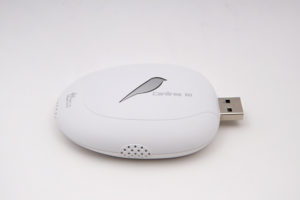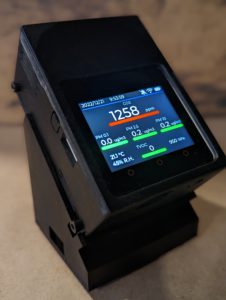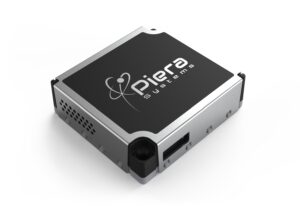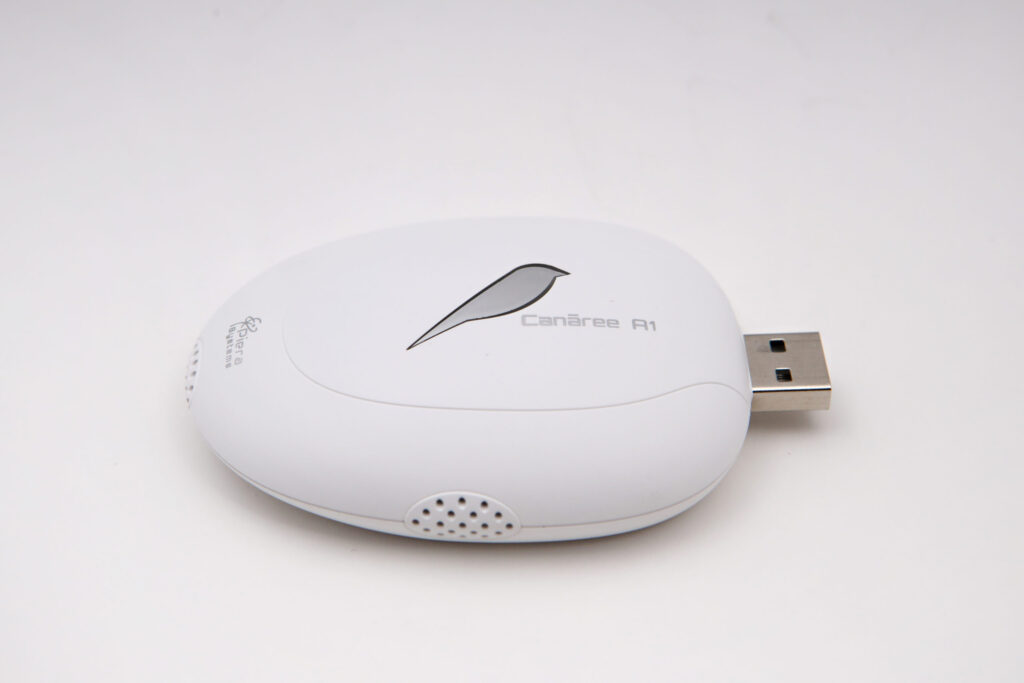Recognized as a Finalist in the AI/Machine Learning Category for Classifying Pollutants using Industry’s most accurate low-cost PM sensor
Mississauga, Ontario, CN, June 05, 2024 – Piera Systems, today announces it has been named a finalist in the AI/Machine Learning category of the 2024 Best of Sensors Awards for Classifying Pollutants using Industry’s most accurate low-cost PM sensor. The awards program is presented by Sensors Converge and Fierce Electronics and honors the best in sensor technologies and the sensor ecosystem, people and companies.
“Indoor air pollution has a significant impact on human health and productivity and our unique ability to identify pollutants while saving energy will lead to healthier spaces everywhere,” said Vin Ratford, CEO of Piera Systems. “We are honored to be named a Finalist in recognition of this unprecedented marriage of highly accurate air quality data with the latest in AI/ML techniques.”
The highly accurate Canāree platform of Air Quality Monitors (AQM) utilizes Piera’s patented Intelligent Particle Sensor (“IPS”) technology, combines ease-of-use and rapid deployment with unparalleled particle measurement and environmental sensing capabilities. Canāree AQMs are deployed indoors at schools, hospitals, hotels, and offices where they provide continuous, real-time air monitoring and vaping detection.
Combining the highly accurate particle data with AI/ML techniques allows for classification of pollutants. Identifying the root-cause of pollution cleans the air faster in an energy-efficient manner. As an illustration, Canāree monitors have been deployed worldwide in schools and hospitals to classify and provide alerts on vaping and smoking activity providing significant health benefits. Similar AI/ML techniques are currently being employed to classify a range of air pollutants including wildfire smoke, construction dust, diesel, cooking, and others.
Canāree Air Quality Monitors and IPS Sensors are available right now at http://www.pierasystems.com. Please contact Piera Systems to learn more about deploying AI/ML enabled air quality solutions.
Charlene Soucy, Senior Director, Technology – Sensors & Electronics said, “Congratulations to the Class of 2024 finalists. The judges were extremely impressed with the innovative products, technologies, teams, and people submitted. We look forward to bringing our community together June 24-26 to celebrate the best of the best in our industry at Sensors Converge”.
Submissions were judged based on the value to the marketplace, the impact of the problems it solves or issues it addresses and the uniqueness of the design. Award winners will be announced on June 25 at Sensors Converge in Santa Clara.
About Piera Systems, Inc.
Piera Systems Inc. is on a mission to make air quality measurement accurate, simple, inexpensive, and pervasive, enabling a major improvement in the health of all humans. Piera has developed a family of ‘Intelligent Particle Sensors’ and Canāree Air Quality Monitors utilizing a breakthrough custom processor to detect particulate matter (PM), a major component of air pollution. Unlike existing low-cost PM sensors and the AQMs that rely on them, IPS and Canāree have superior accuracy over a wider range, including harmful ‘very fine particles’, smaller than 1.0 micron, and reports particle size and count in real-time at low power. IPS and Canāree data is analyzed using AI/ML algorithms to identify and classify pollution sources such as vape, cigarette smoke, cooking, etc. answering the question, ‘What’s In Your Air?’
Headquartered in Canada, more information on Piera Systems air quality solutions can be found at https://www.pierasystems.com
About Sensors Converge
Sensors Converge (www.sensorsconverge.com), formerly known as Sensors Expo & Conference, got its start 39 years ago bringing together the design engineering community to network, share ideas, and define the future roadmap for the sensors industry. Sensors Converge is part of the Fierce Technology Group, a division of Questex, which also produces the Best of Sensors Awards, Fierce Electronics and Fierce Sensors, as well as daily content and newsletters on Fierce Electronics at www.fierceelectronics.com.
###
Media Contact
Vincent Ratford
Piera Systems
vin.ratford@pierasystems.com
+1.408.406.0750










